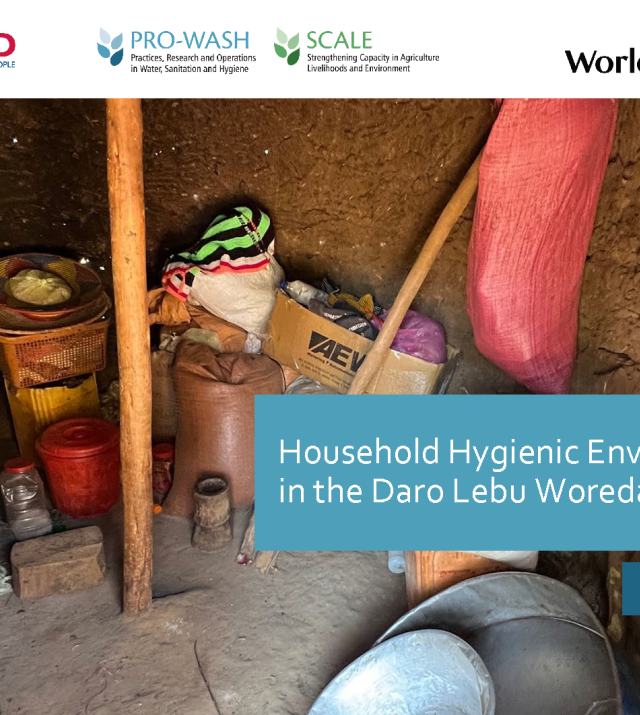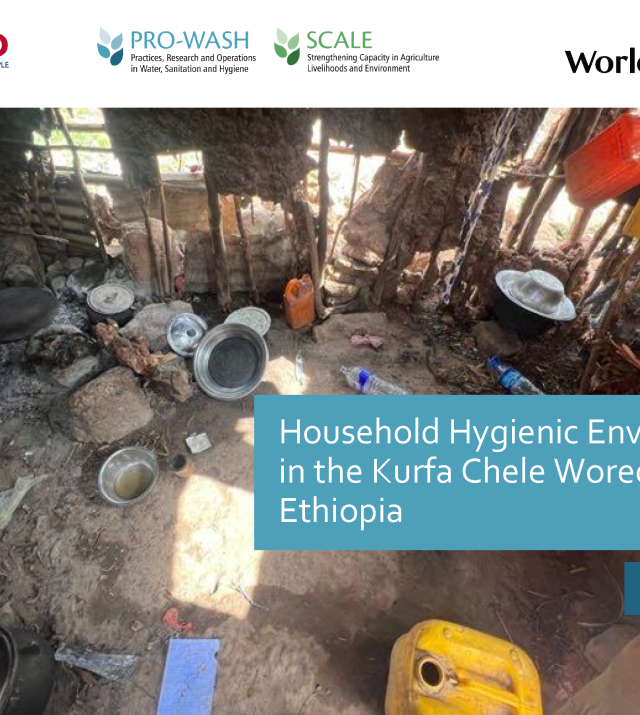
Assessing the Impact and Equity of an Integrated Rural Sanitation Approach: A Longitudinal Evaluation in 11 Sub-Saharan Africa and Asian Countries

Few rural sanitation programs have documented large increases in sanitation coverage or have assessed if interventions equitably increase sanitation coverage for vulnerable groups. We characterize the impact of the Sustainable Sanitation and Hygiene for All (SSH4A) approach on key program WASH (water, sanitation, and hygiene) indicators, and also assess if these increases in WASH coverage are equitably reaching vulnerable groups.
The SSH4A approach was administered in 12 program areas in 11 countries, including Bhutan, Ethiopia, Ghana, Indonesia, Kenya, Mozambique, Nepal, South Sudan, Tanzania, Uganda, and Zambia. Repeated cross-sectional household surveys were administered over four rounds at annual follow-up rounds from 2014 to 2018. Surveys were conducted in an average of 21,411 households at each round of data collection.
Overall, sanitation coverage increased by 53 percentage points between baseline and the final round of data collection (95% CI: 52%, 54%). We estimate that 4.8 million people gained access to basic sanitation in these areas during the project period. Most countries also demonstrated movement up the sanitation ladder, in addition to increases in handwashing stations and safe disposal of child feces.
When assessing equity—if sanitation coverage levels were similar comparing vulnerable and non-vulnerable groups—we observed that increases in coverage over time were generally comparable between vulnerable groups and non-vulnerable groups. However, the increase in sanitation coverage was slightly higher for higher wealth households compared to lower wealth households.
Results from this study revealed a successful model of rural sanitation service delivery. However, further work should be done to explore the specific mechanisms that led to success of the intervention.

